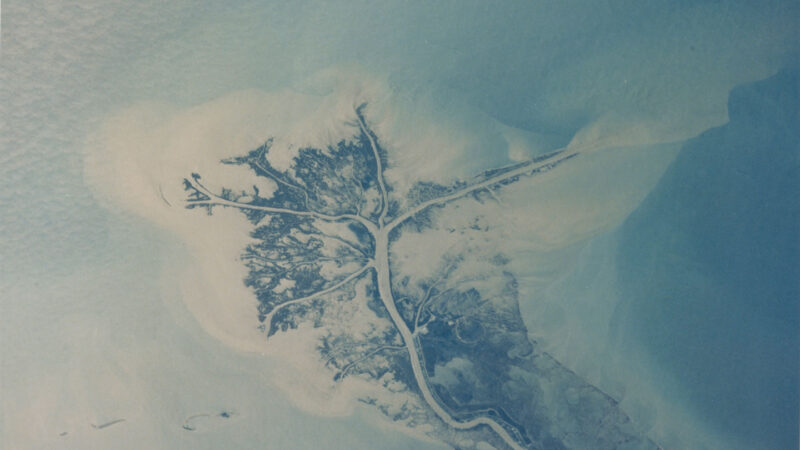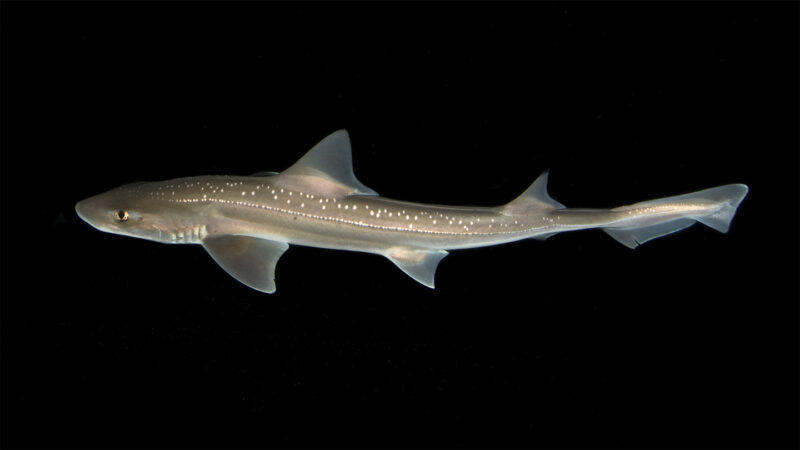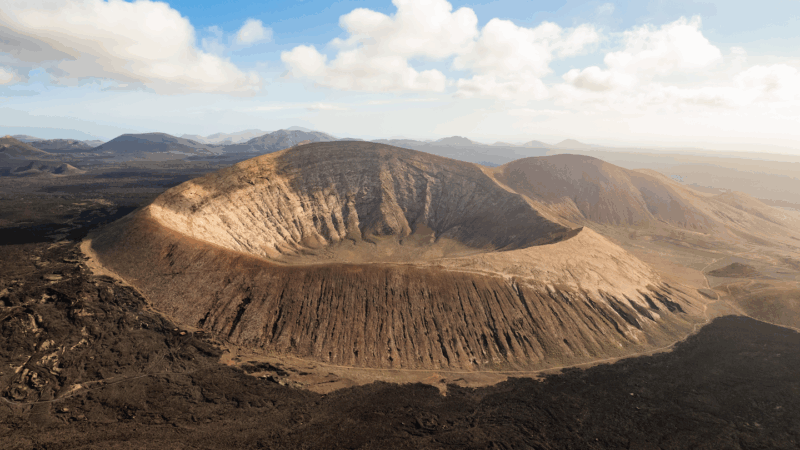Avulsion (noun, “uh-VUL-shun”)
In geology, avulsion refers to a river or stream changing course over a short period of time. In medicine, avulsion means the tearing or pulling away of tissues in the body.
River avulsions create new channels, or paths that water flows through. This changes the landscape around a river in several ways. In a full river avulsion, all the water in a river reroutes. This leaves behind a dry river channel as water takes a new path.
Partial avulsions change the land differently. In a partial avulsion, the river splits. For example, a single river channel may split into several. If these channels reconnect downstream, this could create a braided river pattern, with several channels weaving together. Over time, this creates many small islands throughout the river.
River avulsions can even help form new land. The Mississippi River Delta is one example. This 3-million-acre (12,000 square kilometers) area of coastal Louisiana stretches into the Gulf of Mexico. (If Louisiana looks like a foot, consider the delta the toe.) As the Mississippi River empties into the Gulf of Mexico, it deposits sand and mud.
The landscape near the delta is very flat. This means the river changes its path often. For instance, a flood might wash sediment into a channel, blocking waterflow. The river adjusts, searching for a new, easier route to the ocean. With each avulsion, new mounds of sediment form. This process extends the delta further into the sea.
Medical science uses a second definition for avulsion. In medicine, avulsion describes an injury where body tissues are torn or pulled apart. One kind of avulsion injury is an avulsion fracture. This happens when part of a bone separates from the rest of the bone.
In a sentence
Avulsions can lead to dangerous floods that threaten rural communities.

















